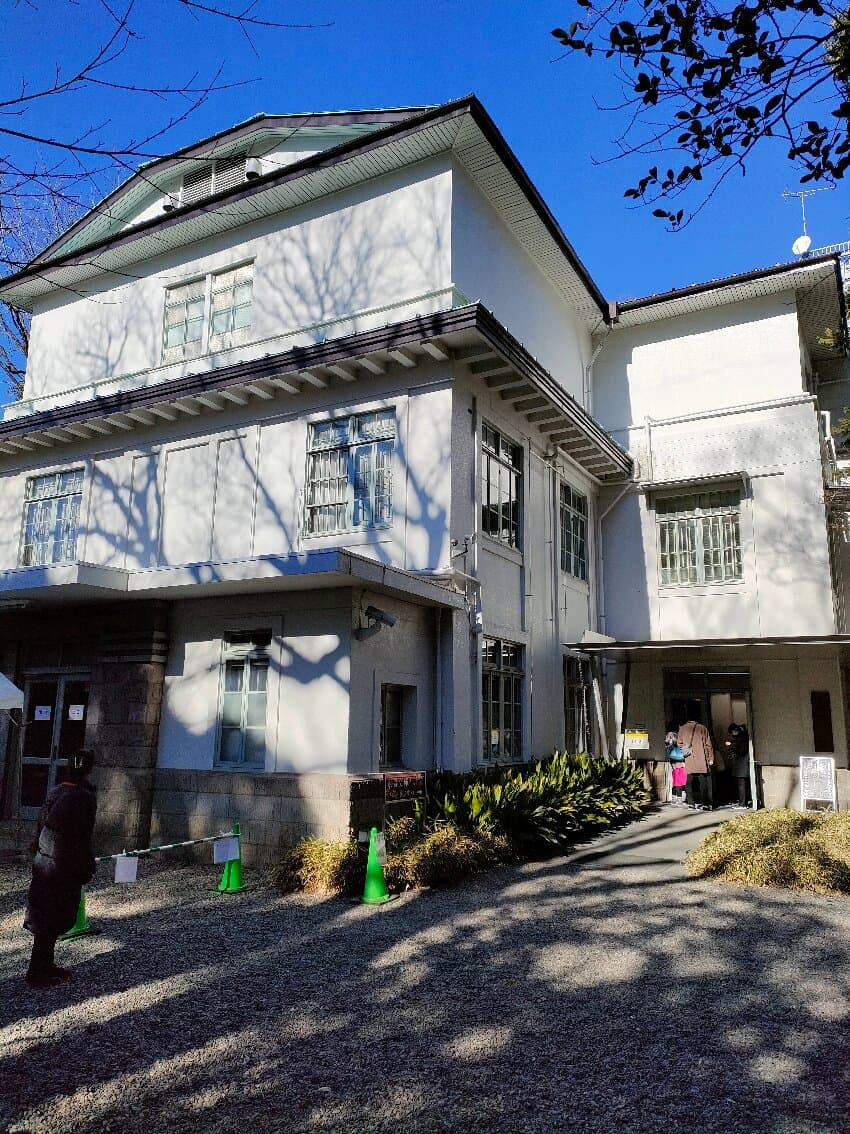
Eisei-Bunko Museum
Discover the Hosokawa family's private collection of Chinese ceramics, Nihonga paintings, and historical artifacts in Tokyo.
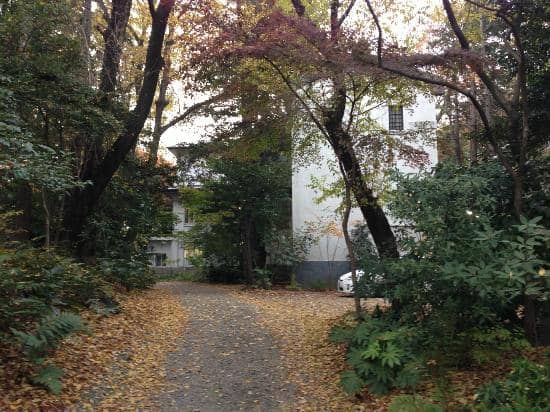
Highlights
Must-see attractions
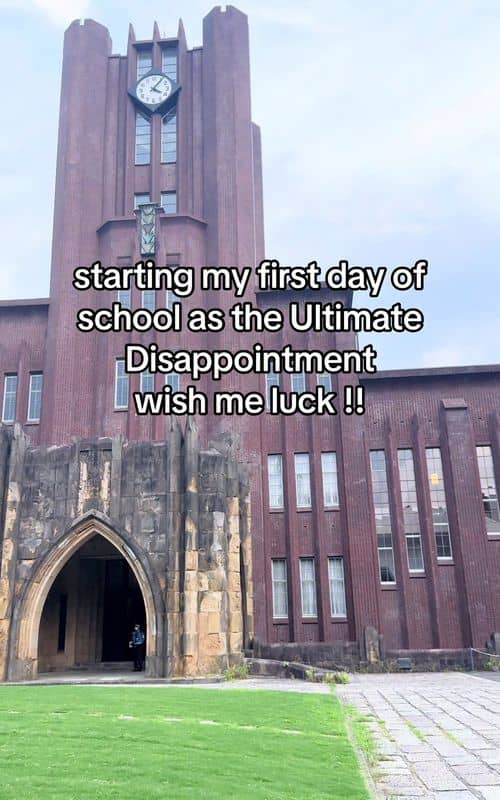
Social
From TikTok & Reddit
Best Time
Pleasant weather for garden strolls.

Eisei-Bunko Museum
Best Time
Pleasant weather for garden strolls.

Highlights
Must-see attractions
Discover the Hosokawa family's private collection of Chinese ceramics, Nihonga paintings, and historical artifacts in Tokyo.
"A nice little gem with impressive treasures, perfect for a weekend stroll away from the hustle."
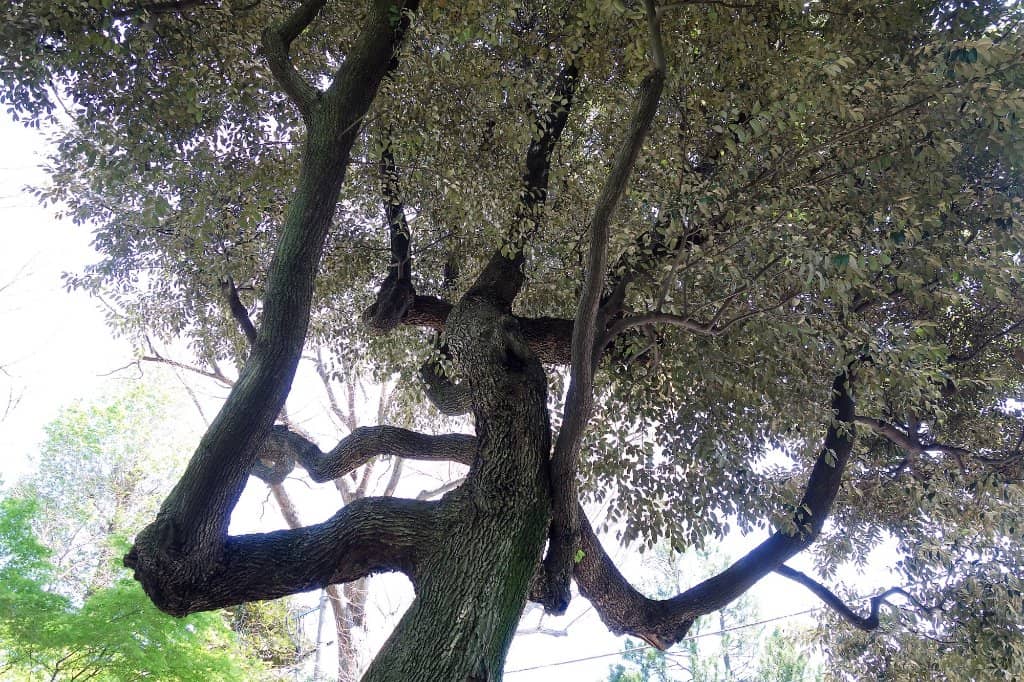
Limited English Info
Most exhibit information is in Japanese. Bring a translation app or be prepared for a more visual experience.
No Photos Inside
Photography is generally not allowed inside the museum galleries.
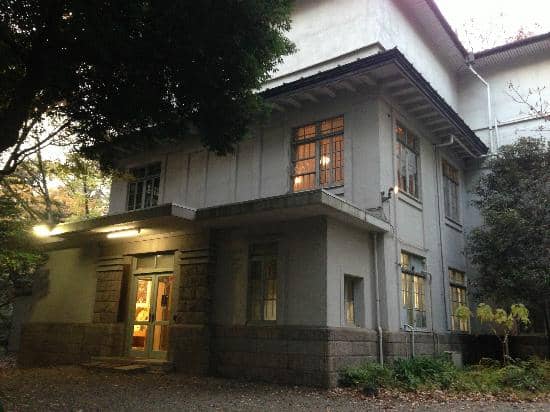
Highlights
Discover the most iconic attractions and experiences
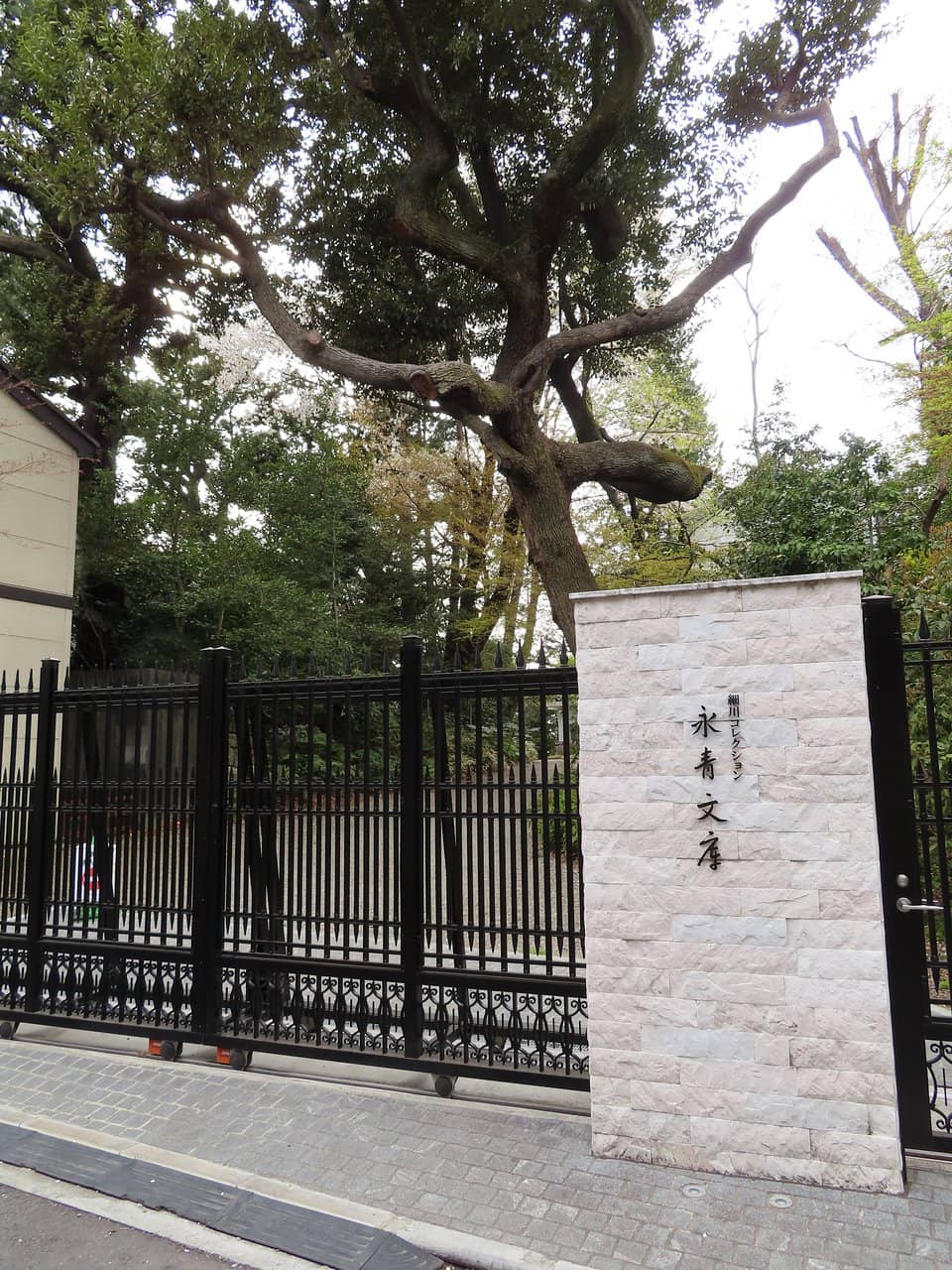
Hosokawa Family's Chinese Ceramics
Ceramics Gallery
Explore exquisite Chinese ceramics spanning from the Han to Qing dynasties, a testament to the Hosokawa clan's discerning taste.
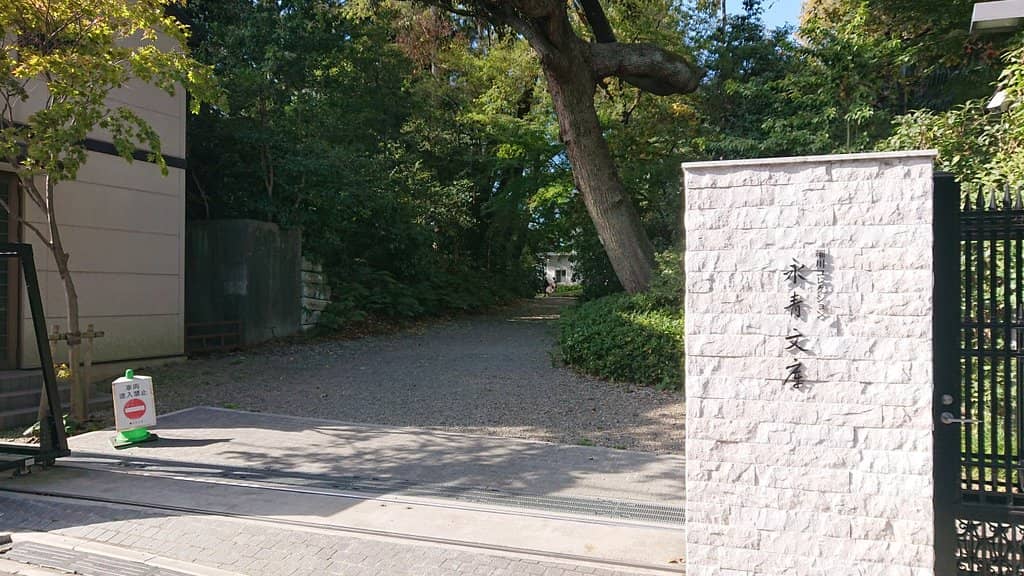
Nihonga Paintings
Painting Gallery
Admire beautiful Japanese Nihonga paintings, including notable works like Hishida Shunsō's 'Black Cat'.
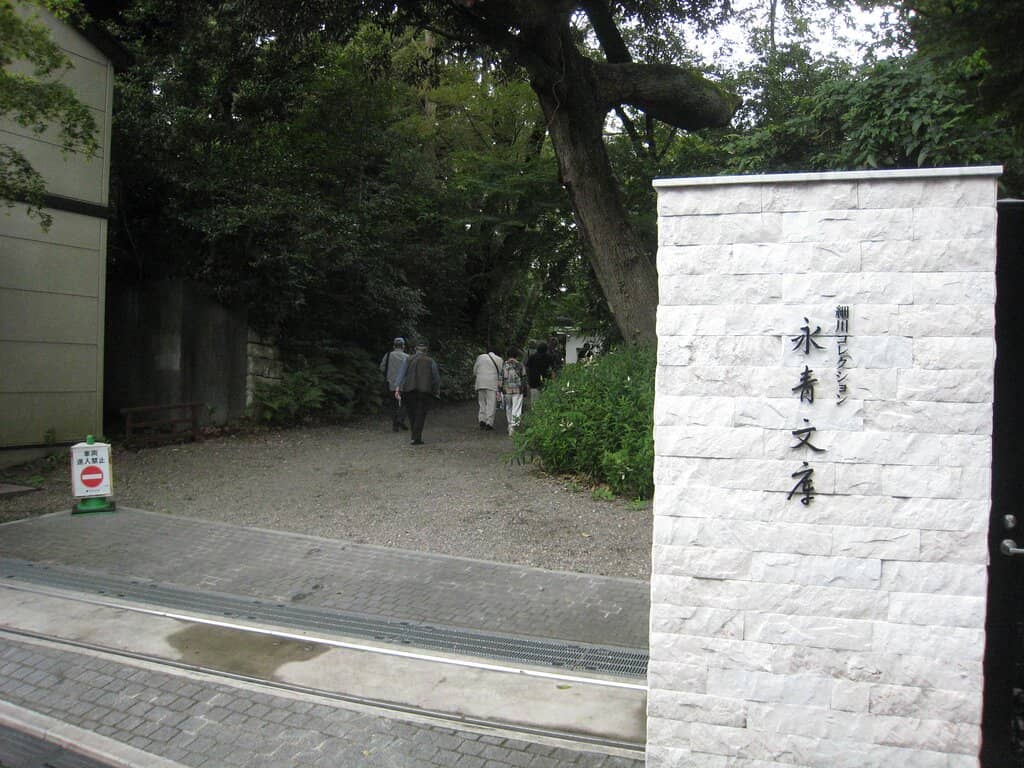
Higo-Hosokawa Garden
Adjacent to the museum
Enjoy a serene stroll through this traditional Japanese garden, offering seasonal scenery and a peaceful escape.
Plans like a pro.
Thinks like you
Planning Your Visit
Understand the Collection's Focus
Check for Special Exhibitions
Best Times
Insider Tips
from TikTok, Instagram & Reddit
Limited English Info
Most exhibit information is in Japanese. Bring a translation app or be prepared for a more visual experience.
No Photos Inside
Photography is generally not allowed inside the museum galleries.
Grutto Pass Accepted
Admission is free with the Grutto Pass, a great value for art lovers.
Combine with Garden Visit
The adjacent Higo-Hosokawa Garden is a lovely complement to the museum visit.
Tips
from all over the internet
Limited English Info
Most exhibit information is in Japanese. Bring a translation app or be prepared for a more visual experience.
No Photos Inside
Photography is generally not allowed inside the museum galleries.
Grutto Pass Accepted
Admission is free with the Grutto Pass, a great value for art lovers.
Combine with Garden Visit
The adjacent Higo-Hosokawa Garden is a lovely complement to the museum visit.
What Travellers Say
Reviews Summary
Visitors praise the Eisei-Bunko Museum for its impressive collection of Chinese ceramics and Japanese paintings, highlighting the historical significance of the Hosokawa family's private holdings. The adjacent garden is also a noted positive. However, some find the limited English information and the ¥1000 entry fee to be drawbacks, especially when certain key items are not on display.
"If you're interested in Chinese ceramics then this is the place to come. It's the private collection of the Hosokawa family. On display are beautiful items covering the period from the Han dynasty all the way through to the Qing dynasty. There is an general information leaflet (English) on the origin of the collection, and also a sheet listing all 56 items with descriptions. I enjoyed these lovely ceramics and think it was worth the ¥1000 entry fee. No photos inside unfortunately."
Miles Macdonald
"What a nice little gem! I went to see the exhibition on the tea ceremony utensils from the Hosokawa family’s collection. The museum itself is small, but the treasures on display are impressive and some of them are designated as national treasures and important cultural assets.
Please note that, although you will be given a leaflet with an overview in English, most exhibits are in Japanese only.
Overall, I really enjoyed it and the location is quite beautiful, perfect for a weekend stroll away from the hustle and bustle of the city. Also, admission is free with the Grutto Pass!"
Maria
"I would recommend even though it’s out the way a little, it’s very relaxing and the workers are very friendly and knowledgeable."
Harry
What People Like
What People Dislike
Frequently Asked Questions
🚇 🗺️ Getting There
The Eisei-Bunko Museum is accessible via public transport. It's a walk from Edogawabashi Station on the Tokyo Metro Yurakucho Line. Some visitors mention it's a bit out of the way, so plan your route accordingly.
Information on dedicated parking for the Eisei-Bunko Museum is limited. It's generally recommended to use public transportation due to its location in a residential area.
From Shinjuku, you can take a bus towards Waseda or Myogadani, which will get you closer to the museum. Alternatively, use the subway system to reach Edogawabashi Station.
🎫 🎫 Tickets & Entry
The adult admission fee is ¥1000. However, admission is free if you have the Grutto Pass.
Yes, the museum frequently hosts special exhibitions, often focusing on specific themes or collections from the Hosokawa family. Check their official website for current and upcoming exhibitions.
Yes, the Grutto Pass is accepted at the Eisei-Bunko Museum, offering free admission.
Opening hours can vary, especially with special exhibitions. It's best to check the museum's official website for the most up-to-date information on operating hours and any temporary closures.
🎫 🖼️ Onsite Experience
No, photography is generally not permitted inside the museum galleries.
While there's a general information leaflet in English, most exhibit descriptions are in Japanese. Visitors recommend having a translation app handy.
The museum showcases the private collection of the Hosokawa family, including Chinese ceramics, Japanese Nihonga paintings, historical documents, and tea ceremony utensils.
The museum's focus on historical artifacts and ceramics might be more engaging for older children or those with a specific interest in art history. The adjacent garden offers a more universally appealing space for families.
The Hosokawa family has a long history, and their collection includes national treasures and important cultural assets, reflecting centuries of art and cultural patronage.
🍽️ 🍽️ Food & Dining
There are no on-site dining facilities mentioned for the Eisei-Bunko Museum itself. Visitors often combine their visit with exploring nearby areas for food options.
The museum is located in the Bunkyo ward of Tokyo, which has various local eateries and cafes. Exploring the streets around Edogawabashi Station can lead to good dining choices.
📸 📸 Photography
No, photography is prohibited inside the museum galleries to protect the artifacts.
While indoor photography is restricted, the Higo-Hosokawa Garden adjacent to the museum offers beautiful scenic views, especially during spring and autumn, making it a great spot for photos.
For Different Travelers
Tailored advice for your travel style
👨👩👧 Families with Kids
💰 Budget Travelers
🎨 Art Enthusiasts
Deep Dives
In-depth insights and expert knowledge
The Hosokawa Family Collection: A Legacy of Art and History
Beyond ceramics, the museum also displays Japanese Nihonga paintings, a style that blends traditional Japanese artistic principles with Western techniques. Notable works, such as Hishida Shunsō's iconic 'Black Cat', are part of this collection. Additionally, visitors can explore historical documents and tea ceremony utensils, offering insights into the refined lifestyle and cultural practices of the Hosokawa clan. Some of these items are designated as national treasures and important cultural assets, underscoring their immense value.
It's important to note that while the collection is impressive, much of the interpretive material is in Japanese, which can be a challenge for non-native speakers. However, the sheer beauty and historical weight of the objects often transcend language barriers, providing a profound glimpse into Japan's rich artistic heritage. The museum's setting, adjacent to the serene Higo-Hosokawa Garden, further enhances the visitor experience, offering a tranquil environment to appreciate these cultural gems.
Navigating the Eisei-Bunko Museum: Tips for Visitors
Despite these considerations, many visitors find the museum to be a worthwhile experience, particularly those interested in Chinese ceramics and Japanese art. The ¥1000 admission fee is considered reasonable by some, especially given the quality of the collection, and is even waived if you possess the Grutto Pass. The museum's location, while a bit off the beaten path, is complemented by the adjacent Higo-Hosokawa Garden, which provides a beautiful and peaceful setting for a stroll, especially during the spring and autumn seasons. This combination makes for a relaxing and culturally enriching outing away from the city's usual hustle and bustle.
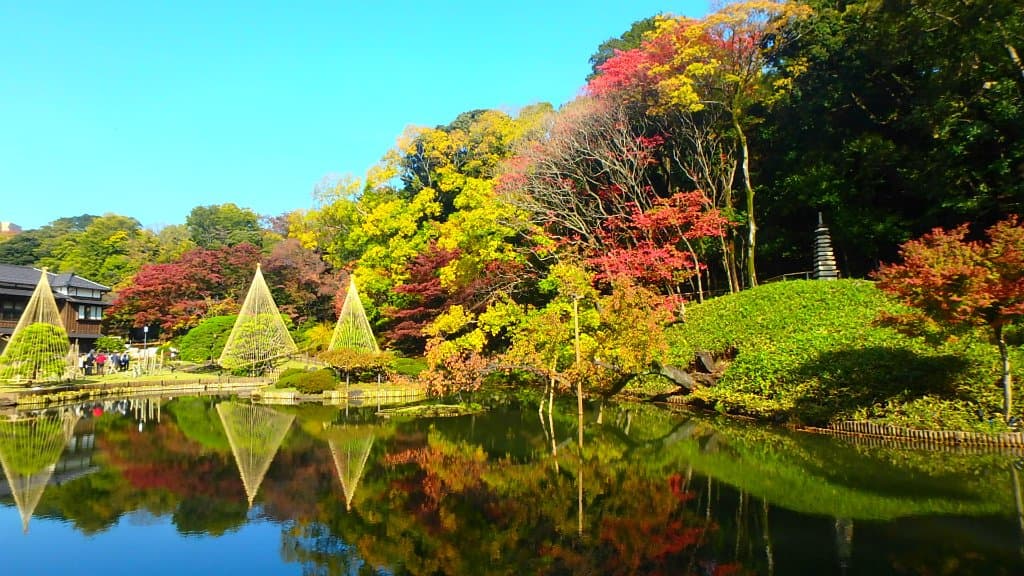

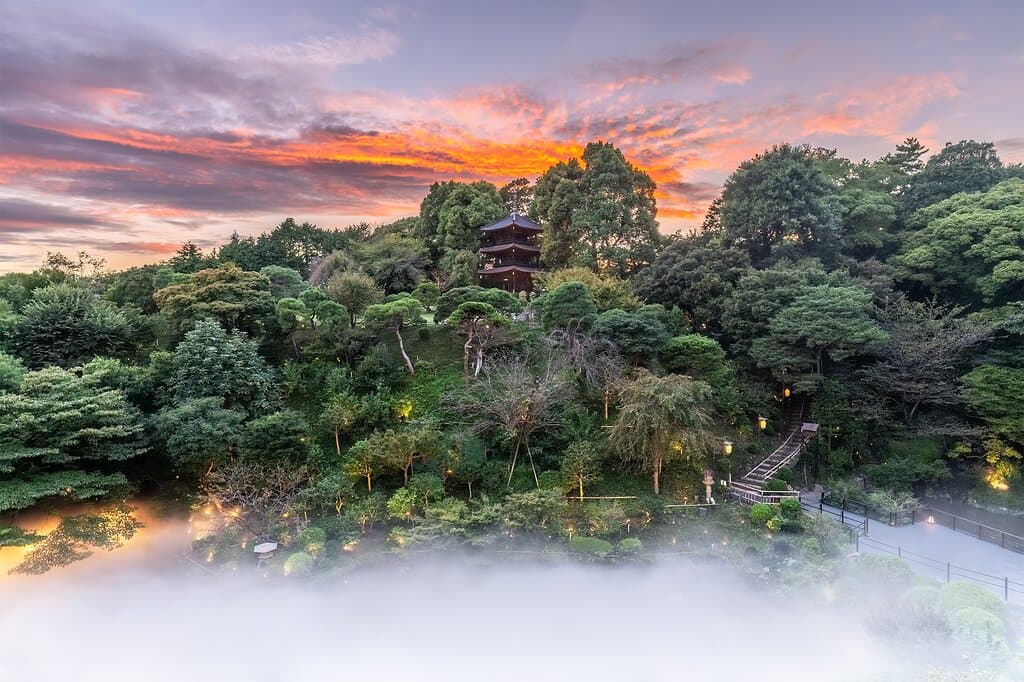
Social
from TikTok, Instagram & Reddit